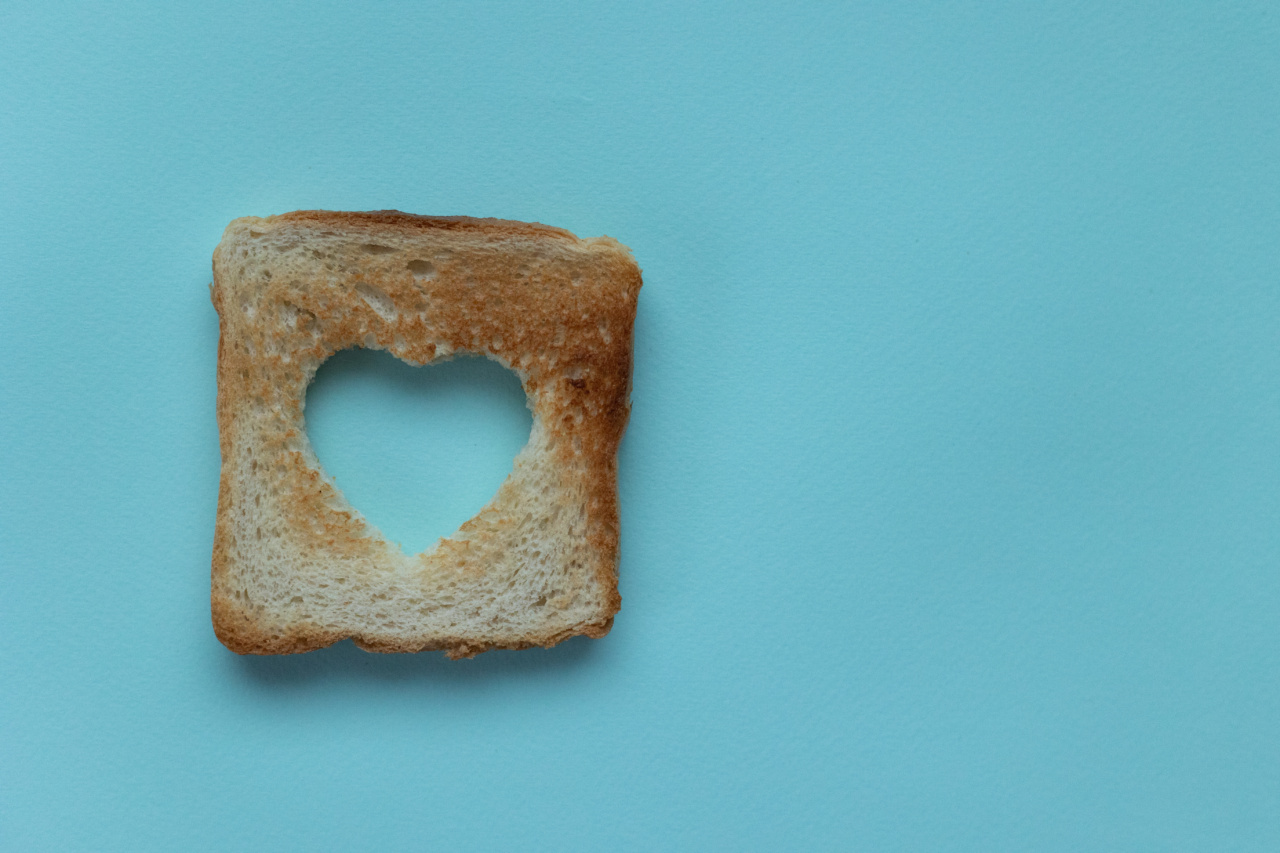When it comes to heart health, many of us struggle to make the necessary changes in our diet. We often find it hard to cut back on our favorite foods, fearing that doing so will mean sacrificing flavor and enjoyment.
However, taking care of our heart doesn’t have to mean saying goodbye to all the foods we love. By making small modifications and finding healthier alternatives, we can still indulge in our favorite dishes while keeping our hearts happy and healthy.
Understanding Heart-Healthy Eating
Before we can discuss cutting back on our favorite foods, it’s important to understand what heart-healthy eating entails.
A heart-healthy diet aims to reduce the risk of heart disease by incorporating nutrient-rich foods and minimizing those high in unhealthy fats, sodium, and added sugars.
A heart-healthy diet typically consists of:.
1. Fruits and Vegetables
Fruits and vegetables are packed with essential vitamins, minerals, and fiber. They are low in calories and high in antioxidants, which help protect against heart disease.
Aim to include a variety of colorful fruits and vegetables in your daily meals and snacks.
2. Whole Grains
Whole grains, such as whole wheat, brown rice, and oats, are rich in dietary fiber and provide lasting energy. They can help lower cholesterol levels and reduce the risk of heart disease.
Opt for whole grain bread, pasta, and cereals instead of processed alternatives.
3. Lean Protein
Choose lean sources of protein, such as skinless poultry, fish, beans, and legumes. These options are low in saturated fat and cholesterol, making them heart-healthy choices. Limit your intake of red meat and opt for lean cuts when you do consume it.
4. Healthy Fats
Healthy fats, such as those found in avocados, nuts, and seeds, can help improve heart health when consumed in moderation. Replace saturated and trans fats, found in fatty meats and processed foods, with these healthier alternatives.
Swapping Unhealthy Ingredients
Now that we have a better understanding of heart-healthy eating, let’s explore some strategies for cutting back on your favorite foods without sacrificing taste.
1. Reduce Sodium Intake
Excessive sodium consumption can increase blood pressure and strain the heart. To cut back on your sodium intake:.
– Gradually decrease the amount of salt you add to your dishes during cooking.
– Use herbs, spices, and other flavorings to enhance the taste of your food instead of relying on salt.
– Read food labels and choose low-sodium or reduced-sodium options for packaged foods.
– Limit your intake of processed and pre-packaged foods, as they tend to be high in sodium.
2. Substitute Unhealthy Fats
Saturated and trans fats can raise cholesterol levels and increase the risk of heart disease. Instead of using these unhealthy fats:.
– Choose plant-based oils, such as olive oil or avocado oil, for cooking and salad dressings.
– Replace butter with healthier alternatives like mashed avocado or nut butters.
– Opt for baking, grilling, or steaming instead of frying when preparing meals.
– Trim visible fat from meat and remove skin from poultry before cooking.
3. Be Mindful of Portion Sizes
Portion sizes have increased significantly over the years, contributing to weight gain and related heart health issues. To manage portion sizes:.
– Use smaller plates and bowls to help control the amount of food you serve yourself.
– Pay attention to recommended serving sizes on food labels.
– Listen to your body’s hunger and fullness cues, rather than eating until you feel overly stuffed.
4. Experiment with Healthier Cooking Techniques
Cooking methods can greatly impact the nutritional content of our meals. Try these healthier cooking techniques:.
– Grill or bake instead of frying to reduce the amount of added fats in your meals.
– Steam vegetables to retain more nutrients compared to boiling.
– Use non-stick pans or cooking sprays instead of excessive oil when sautéing.
– Opt for homemade sauces and dressings made with heart-healthy ingredients instead of store-bought versions that may contain added sugars and unhealthy fats.
5. Find Healthier Alternatives
There are often healthier alternatives for your favorite dishes that can still satisfy your cravings:.
– Swap white bread and refined grains for whole grain options.
– Replace sugary snacks with fresh fruits or homemade energy bars made with natural sweeteners.
– Substitute high-fat dairy products with low-fat or non-fat alternatives.
– Choose lean cuts of meat or poultry instead of fatty ones.
– Experiment with plant-based protein sources, such as tofu or legumes, in place of meat in your meals.
6. Practice Moderation
While it’s essential to cut back on unhealthy foods, complete elimination can lead to feelings of deprivation and ultimately result in binge eating. Instead, practice moderation:.
– Allow yourself an occasional treat, but control the portion size.
– Indulge in your favorite foods in moderation during special occasions.
– Share high-calorie dishes with others when eating out.
Building a Sustainable Lifestyle
Changing your eating habits for the better takes time and patience. It’s essential to build a sustainable lifestyle that prioritizes heart-healthy choices. Here are some tips to help you along the way:.
1. Set Realistic Goals
Start by setting realistic and achievable goals. Gradually incorporate healthier choices into your diet, so it doesn’t feel overwhelming.
2. Seek Support
Enlist the support of friends, family, or even a registered dietitian. Having someone to share your journey with and provide guidance can make a significant difference.
3. Plan and Prepare Meals
Plan your meals in advance and prepare them at home as much as possible. This way, you have control over the ingredients and can make healthier choices.
4. Practice Mindful Eating
Eat slowly and savor each bite. Pay attention to physical hunger and fullness cues. This allows you to enjoy your food fully and prevents overeating.
5. Stay Active
Regular physical activity is key to maintaining a healthy heart. Incorporate exercise into your routine to enhance the benefits of a heart-healthy diet.
By making gradual changes and adopting a long-term perspective, you can cut back on your favorite foods without compromising your heart health.
Remember, it’s not about giving up everything you love; it’s about finding a balance that nourishes both your body and your taste buds.





























